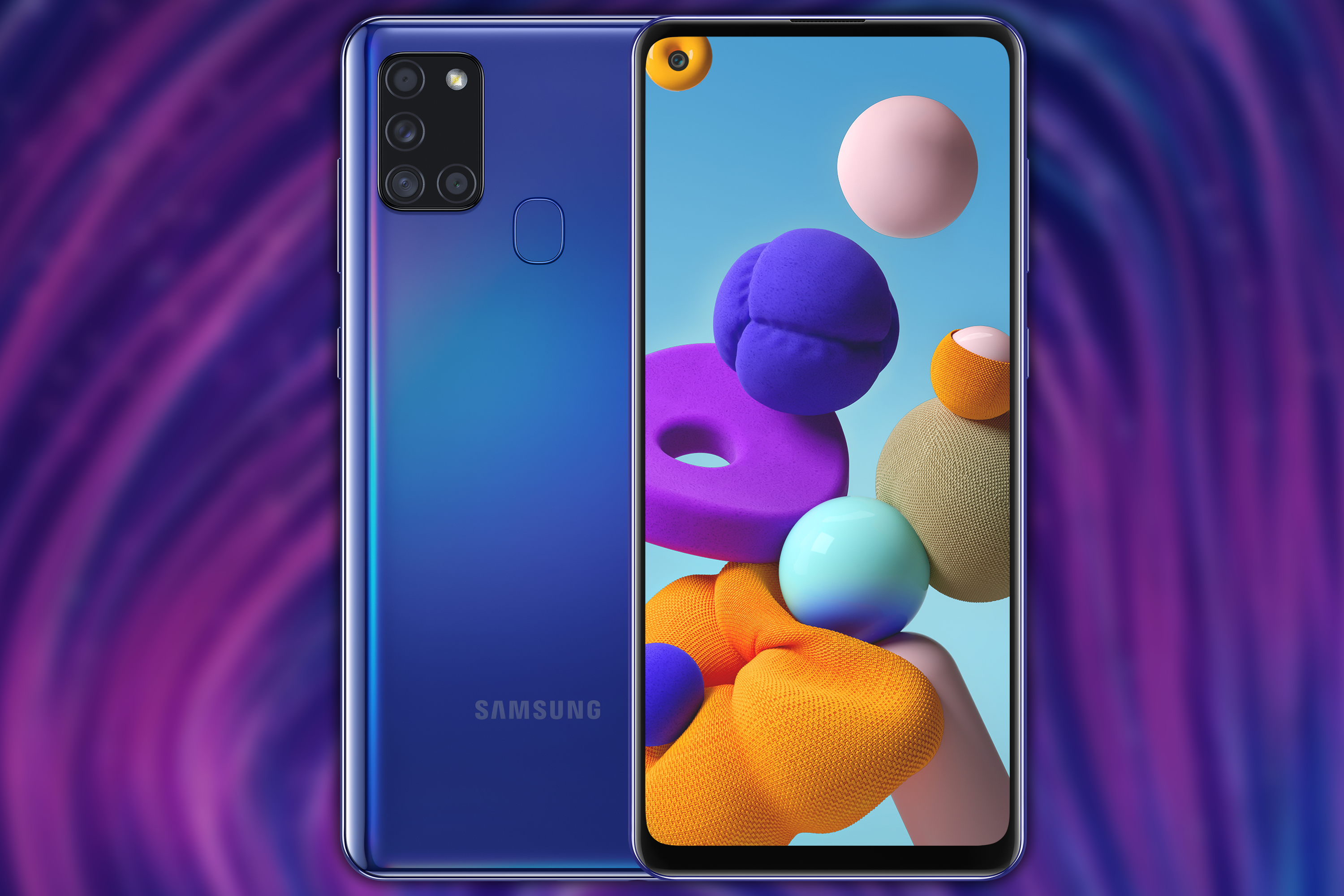Optus Mobile Review ALDI Mobile Review Amaysim Mobile Review Belong Mobile Review Circles.Life Review Vodafone Mobile Review Woolworths Mobile Review Felix Mobile Review Best iPhone Plans Best Family Mobile Plans Best Budget Smartphones Best Prepaid Plans Best SIM-Only Plans Best Plans For Kids And Teens Best Cheap Mobile Plans Telstra vs Optus Mobile Optus NBN Review Belong NBN Review Vodafone NBN Review Superloop NBN Review Aussie BB NBN Review iiNet NBN Review MyRepublic NBN Review TPG NBN Review Best NBN Satellite Plans Best NBN Alternatives Best NBN Providers Best Home Wireless Plans What is a Good NBN Speed? Test NBN Speed How to speed up your internet Optus vs Telstra Broadband ExpressVPN Review CyberGhost VPN Review NordVPN Review PureVPN Review Norton Secure VPN Review IPVanish VPN Review Windscribe VPN Review Hotspot Shield VPN Review Best cheap VPN services Best VPN for streaming Best VPNs for gaming What is a VPN? VPNs for ad-blocking But while top-end handsets like the Samsung Galaxy S20 cost close to $2,000RRP, cheaper Galaxy handsets are a viable choice for buying a handset outright so you can tap into the ongoing savings of a Prepaid or SIM Only mobile plan. In the case of the Samsung Galaxy A21s and Samsung Galaxy A31 handsets, the battle continues where it left off last generation. The popular Samsung Galaxy A20 was the right place for a great phone, while the more expensive Samsung Galaxy A30 proved to be less loved by users. Based on the core Samsung specs, let’s take a look at which of their successors comes out on top. That A30 $379 launch price is what you’ll pay for an A21s, with the A31’s price proving to be even steeper than its predecessor at $499RRP, pushing the price gap up to $120. Of course, the street price for mid-tier smartphones varies quite a bit from the RRP. Not only are both the A21s and A30 cheaper now, but they are also closer in price to one another. Benchmarking results we’ve seen suggest that the A31 handles some tasks faster, but overall, we’re talking about seconds in the time in takes to load an app. That both phones have 4GB of RAM is a good sign. Additionally, the A21s has an older-tech PLS TFT LCD screen compared to the A30’s Super AMOLED display. The result: everything on screen looks noticeably better on the A30’s Infinity-U Display compared to the A21s’s Infinity-O Display. More pixels spread out over (slightly) smaller screen real estate is easier on the eyes, too. Super AMOLED screens use organic materials, are thinner than TFT, and produce better colours. On the back, both phones boast a 48MP (F2.0) main camera, which can record video in 1920x1080 resolution, with the main difference being that the A21s is capped at 30 frames per second (fps), while the A31 can record at 60fps. The other similarity is the ultra-wide cameras, which share a 123-degree view and 8MP (F2.2) resolution. While the f-stops are the same for the other two cameras, the resolutions are better on the A31. The depth camera is 2MP (F2.4) on the A21s but 5MP on the A31, while the macro camera is 2MP (F2.4) on the A21s but 5MP on the A31. Because of this, you should understandably expect better photographic results for front or back-facing photography on the A31. As for memory, the A21s has 3GB, which falls short of the A31’s 4GB. For the smartphone gamers out there, the A31 also includes a Game Booster mode to optimise available system memory, as well as battery life and temperature. That said, both Samsung Galaxy A handsets offer the option of expandable memory via MicroSD of up to 512GB. Considering 128GB MicroSD cards are purchasable for less than $50 for certain brands these days, the limited capacity concerns of the A21s can be negated with an affordable upgrade. There are some key differences to note in usage scenarios, though: There’s no obvious difference that justifies spending the extra money; the phones are the same size, have the same huge battery, run the same apps and perform the same tasks. If we were shopping for a new Samsung, we’d choose the A21s.





